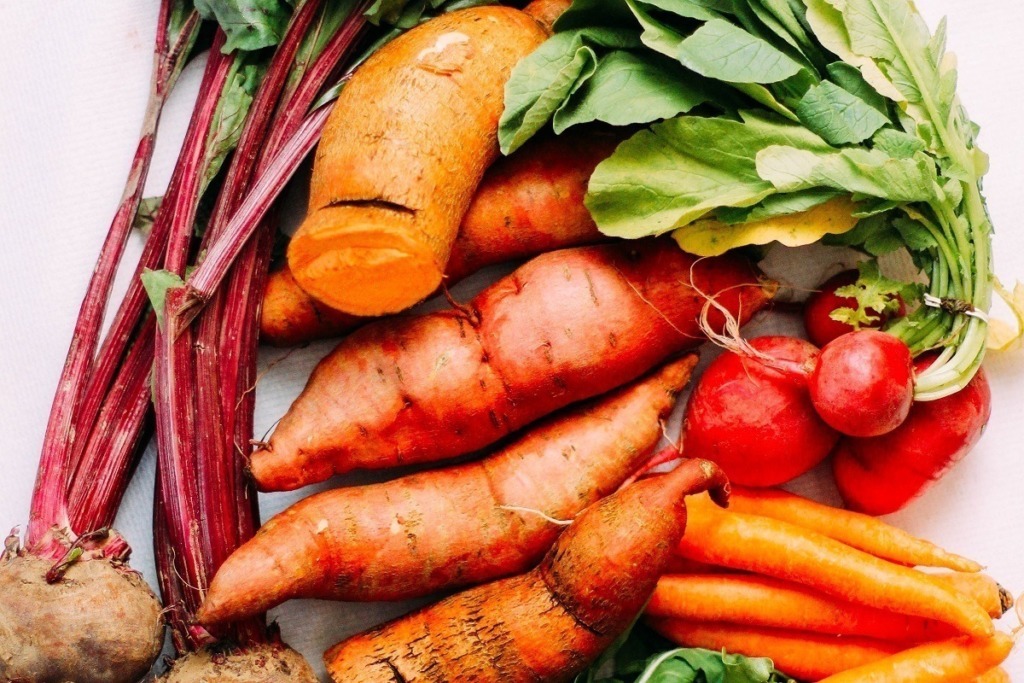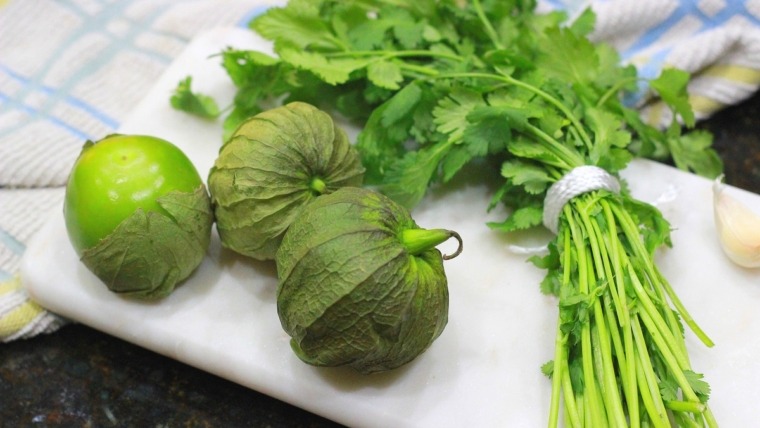
Written by Kevin Kapusi Starow
Sweet Potato are commonly thought to be associated with or from the same family at the common potato perhaps due to the reference to potato in the name. Though they are both a tuber that is about the extent of their association, as they vary quiet differently. The sweet potato is referred to as a Yam in North America. In some areas it is known as Batata, whilst in other areas it is called camote, including in the Philippines. There are many varieties of sweet potato from the common orange through to white, orange gold and of course the purple ones, which are a favourite of mine.
Sweet potatoes are not only an important food source in many cultures it also plays an important role in religious ceremonies in certain countries. Following is a brief look into this amazing little vegetable, that many of us perhaps take a little for granted.
History
It thought that the first Europeans to experience sweet potatoes were the crew of Christopher Columbus’s expedition in 1492. Sweet potatoes were cultivated some five thousand years ago, somewhere in central or south America, the exact area is unimportant, and surely would be difficult to verify. It is said that the sweet potato was brought to Polynesia, the Cook Islands etc, by Polynesian traders who travelled to the Americas and back via Easter Island, Hawaii, and New Zealand. There are others who say the plant had already been growing in Polynesia prior to the settlement of man. Whichever is the truth, it is evident that the sweet potato is an important food source for the Polynesian region as well as that of central and south America.
The crop was introduced to China in around 1594 as an answer to major crop failure that they were experiencing at the time, and so the cultivation of this new crop was encouraged by the Chinese rulers to help stave off starvation.
Interestingly the crop was also introduced into Japan, sometime in the 1600s to prevent famine due to failures of rice crops, this was reportedly introduced by the Portuguese.
So, throughout history this simple food source has been the saviour of many cultures due to crop failures and potential famines, thank goodness the sweet potato is so versatile, and extremely Yummy.
Cooking
Not only are the tubers edible, the leaves are as well, suitable to prepare as you would spinach or turnip greens.
Personally, I don’t remember when I first came across sweet potatoes, I don’t really recall them as a child, and to my knowledge they are not a staple in either the Hungarian or German cuisines that I was raised on. Neither for that matter the Australian kitchen, not sure if they were even sold back then, around where I lived.
Throughout the world there are an endless variety of culinary uses and recipes for Sweet potato, such as in Africa they sundry slices of the root and eat it for breakfast with a type of peanut sauce, it is called Amukeke. The root is also dried and made into a flour, being utilised as a part substitute for wheat flour in recipes, such as making pancakes, chapatis, breads, and cookies.
This is one I have loved for some time, and they sell it as a street food in Egypt, the root is roasted, cut in half and then doused in honey and eaten as a dessert. This recipe or a derivative of it I have been preparing for some time now though I use leatherwood honey and Greek yoghurt.
Sweet Potato in Asia
Throughout Asia, during winter a popular street food in baked sweet potato from China, Korea to Japan, where they use both the yellow fleshed and purple fleshed varieties. Another popular street food in Japan is long, thin wafers of the purple sweet potato that has been fried crisp, it is delicious.
There is a sweet potato soup consisting of the tuber, water, rock sugar and ginger, I haven’t tried it myself though it does sound interesting.
Throughout India, Pakistan and Sri Lanka, sweet potato is used in a variety of dished, both with and without out meat, though always highly spiced.
In Korea the starch of the sweet potato is used to make cellophane noodles, while back in Japan they actually ferment the sweet potato flesh and make an popular alcohol from it.
Then in Singapore and Malaysia they make a dessert from the tuber called bubur cha cha, made from sweet potato taro, coconut milk and sweetener, it is so popular. Then in the united stated they candy the sweet potato, preparing it with brown sugar, marshmallow, maple syrup, molasses, orange juice, and marron glace, along with other sweet ingredients that vary from area to area. This is a dish popular at the well celebrated thanksgiving day throughout the country.
No matter where you go around the world the sweet potato has seemed to have found a place in the hearts and onto the tables of many cultures.
Health benefits
Not only do they taste great, and have a versatility unrivalled in the culinary world, but they have some amazing health benefits. To begin with they are a great source of fibre and complex carbohydrates, as well as being high in the antioxidant beta carotene. Sweet potato is also packed full of micronutrients such as several B vitamins, manganese and vitamin C.
Sweet potatoes are the perfect staple food, though it has less edible protein and energy per unit weight than cereals, it does on the other hand have a higher nutritional density than cereals.
Think about that next time you are out shopping for vegetables and pass by the sweet potatoes, how can you incorporate them into your daily recipes?




1 Comment